NOMOS Photo Essay – Big Bang For The Buck
In April I went to the German watch capital called Glashütte, near Dresden. There are 10 watch brands located in this little town which has a rich ticking history. Only three of these brand can call themselves manufacture, which means they produce their own movements in-house, and Nomos is one of them.
The main Nomos building is situated inside a former railway station which still can be seen by several details in the building and by the simple fact that trains still pass by just a few meters away.
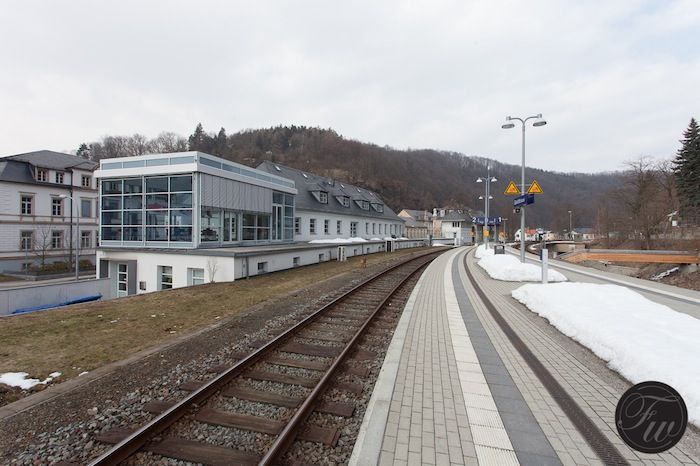

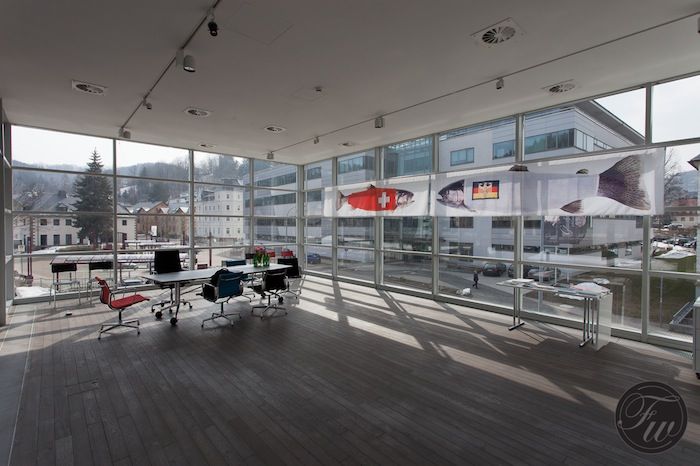
After a pleasant meeting with Mr Uwe Ahrendt (CEO) and Ms Ute Fischer-Graf (PR) the factory visit started. From the large glass meeting room, which is right next to the tracks, we go down the stairs towards the machine room. In the hallway there is a collection of watchmaker portraits and their putty. You’d think “hey it’s putty” but if you look closer you’ll notice that each watchmaker has his own signature of handling it.
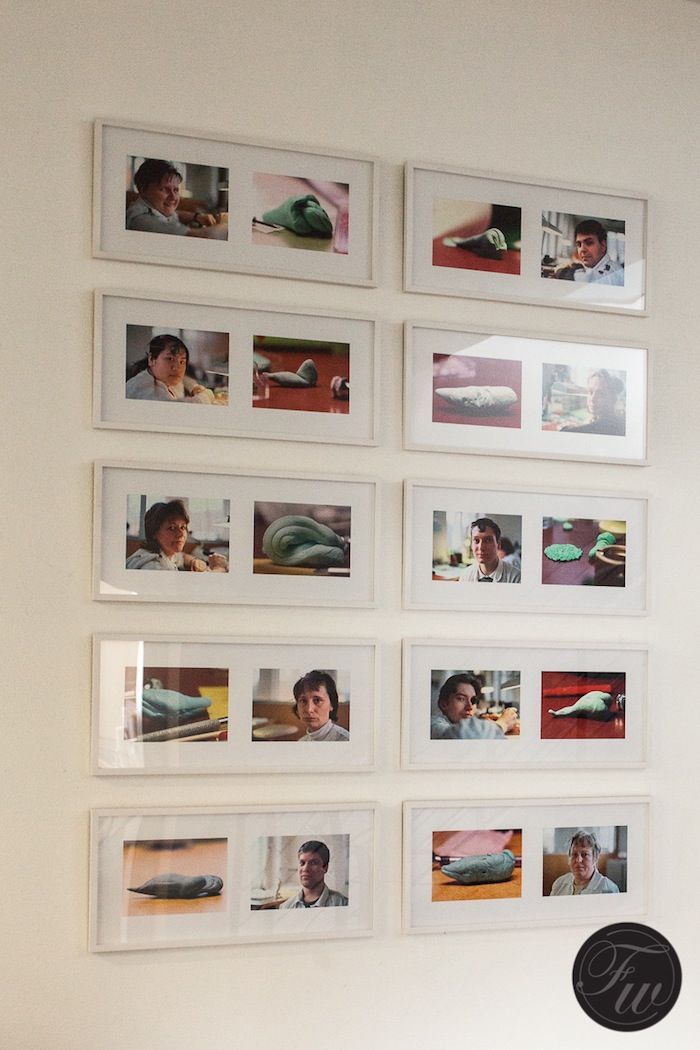
In the machine room, like with all other watch companies, there are several CNC machines cutting all the parts with extreme precision. One of the first things I noticed was a wire cutting machine. Well I didn’t really notice that immediately, I had to ask what is was since I never saw one before. It’s used to cut the smaller movement parts insanely precise with minimal tolerances. This machine is able to cut thinner than a human hair.

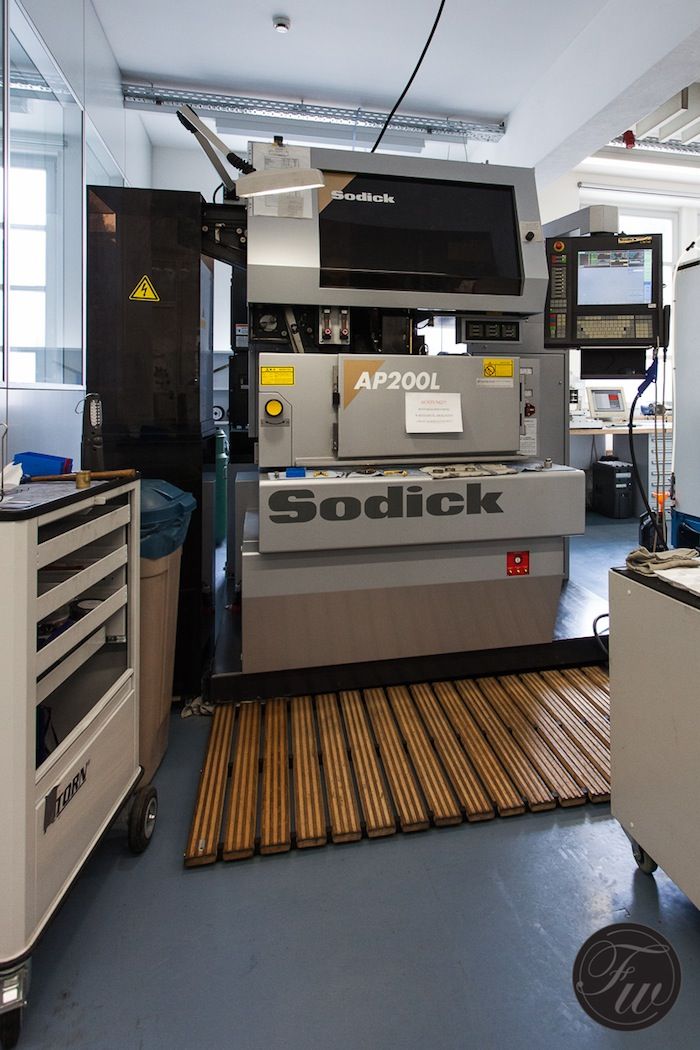

We proceed to the cleaning room where the freshly cut parts are cleaned ultrasonic in various fluids.
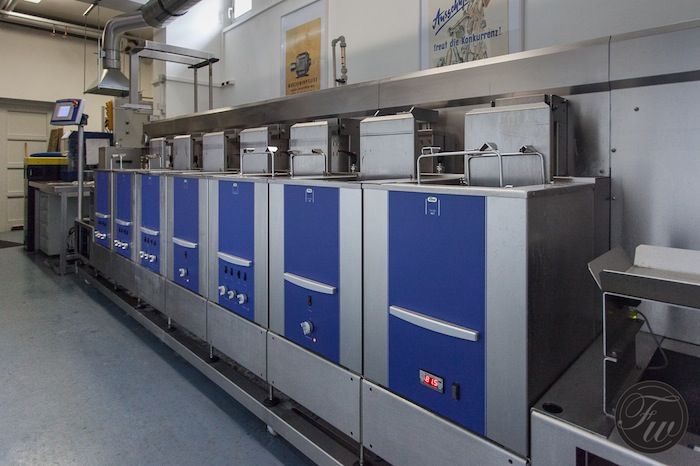
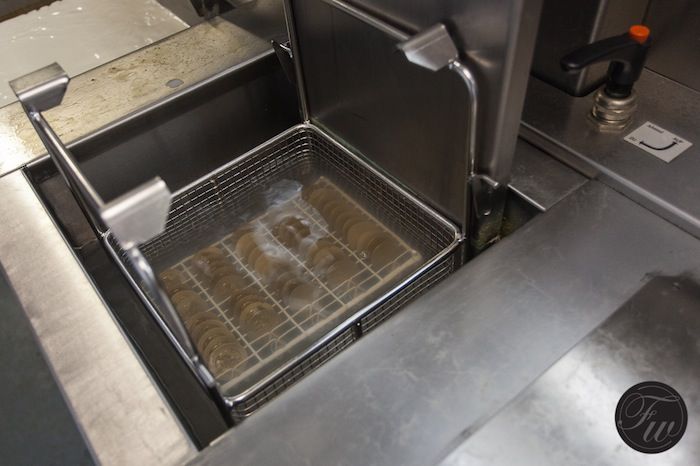
Through the door we end up outside, crossing the tunnel underneath the railway into the area where the small parts like screws, gears, axles etc. are made. To give you an idea of the size I took a photo of a few freshly machined parts on top of a 1 eurocent coin. The coin measures ± 16mm in diameter.
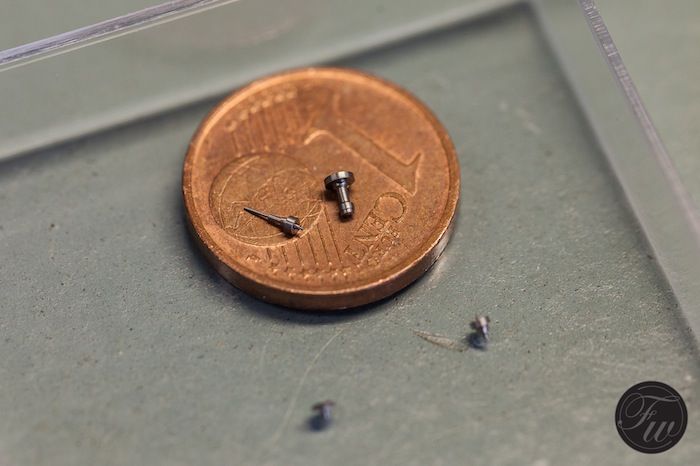
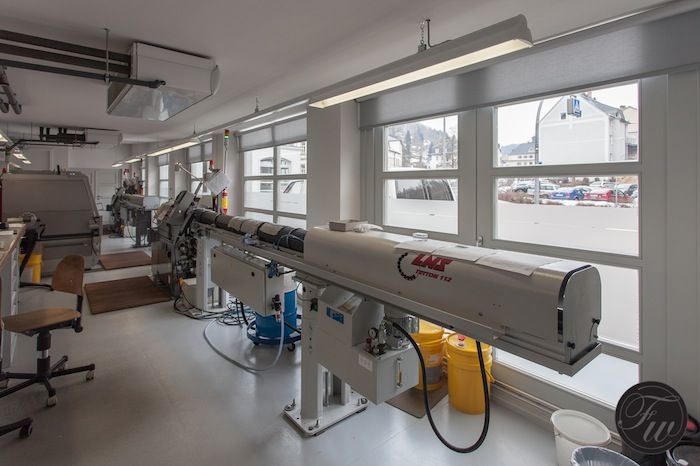
Up next is where the gears are cut, piece by piece by one single person. What looks like an easy job is actually something you really need to concentrate on. Each gear is put on by hand to cut and are easily damaged thus useless.


Then we head up to the finishing & quality control department where I noticed a small sign saying ‘for us 1/1000mm isn’t tolerance, yet a distance’, this is watchmaking at its best.


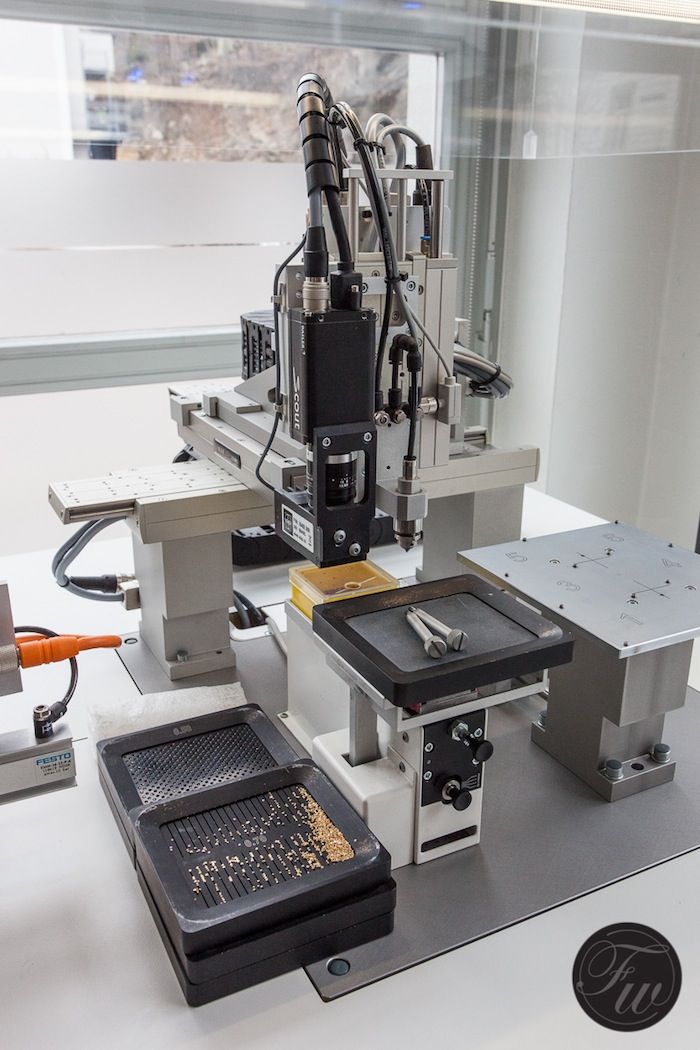
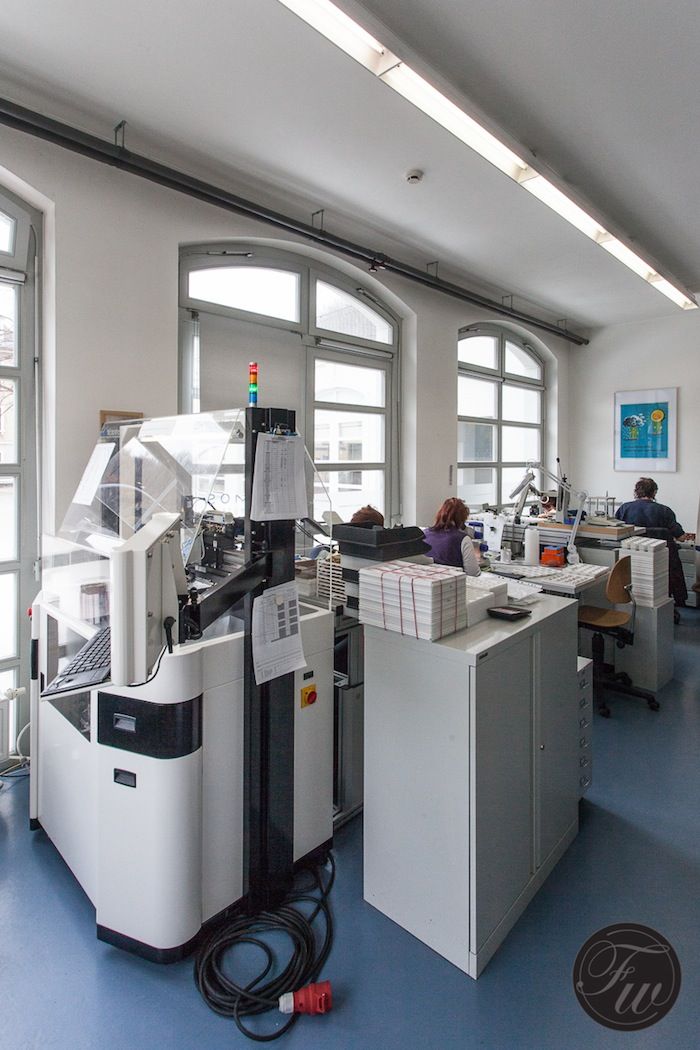
After seeing the manufacturing part of the tour we go out for lunch at the other Nomos building across Glashütte with a nice view over the city.

In the canteen the ‘Goldene Unruh 2013’ award is on display.

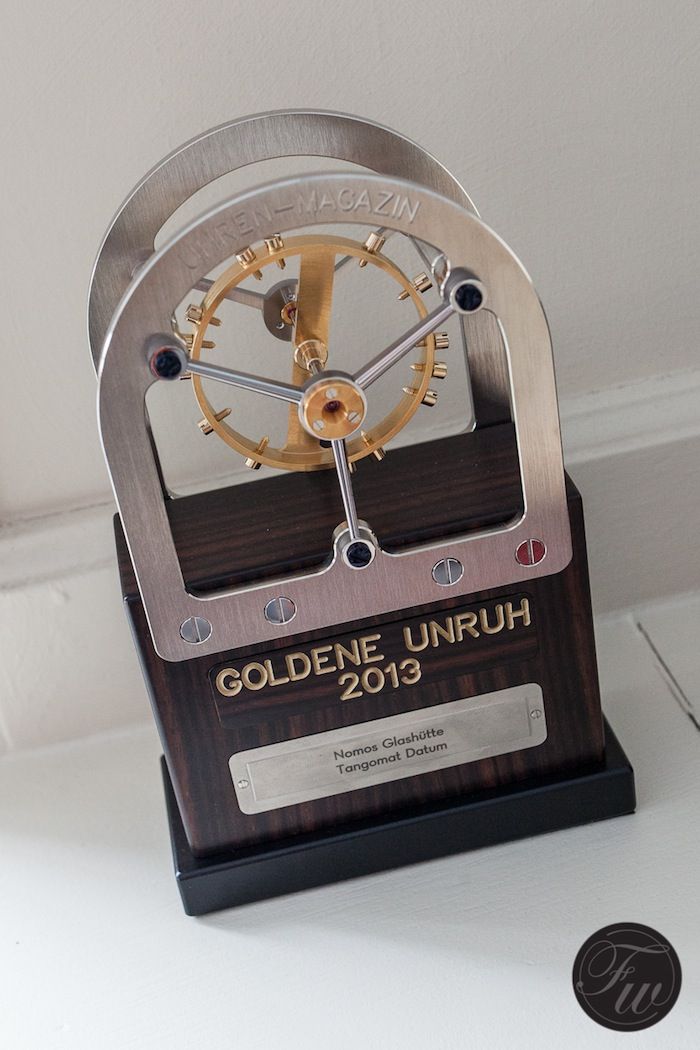
The tour continues and I get to meet the people who put together the movements. Before these in-house made movements are cased up they are thoroughly tested and re-regulated if necessary.
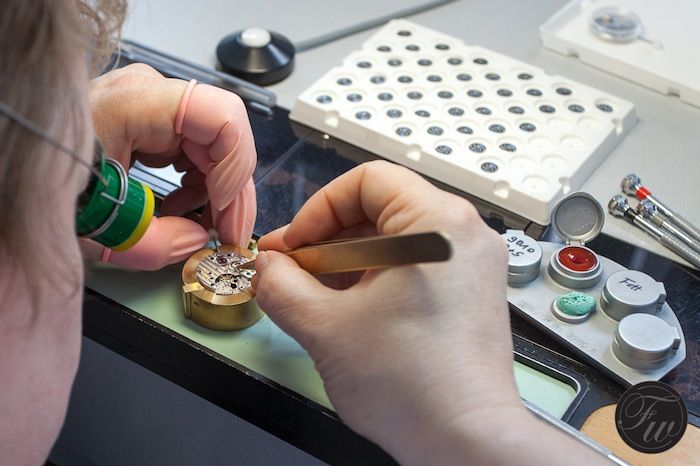
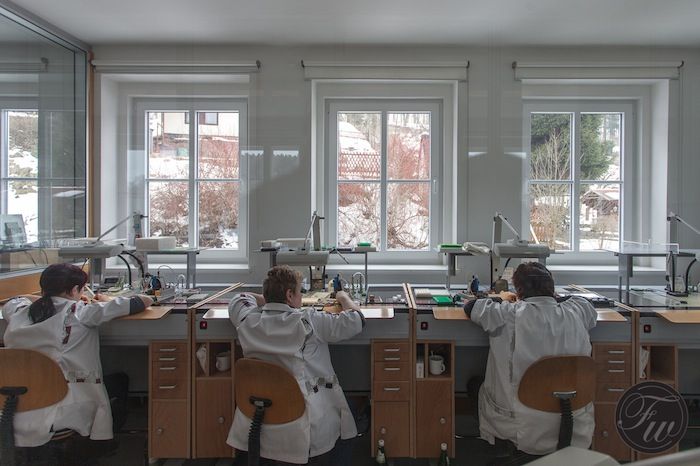
While talking to a Dutch watchmaker (working at NOMOS) I notice the handles on the drawers. These are made from the straps used on the watches. Nomos buys the material (Shell Cordovan) from Horween in Chicago. Nice little detail, on some of the straps you will find (part of) the brand stamp.
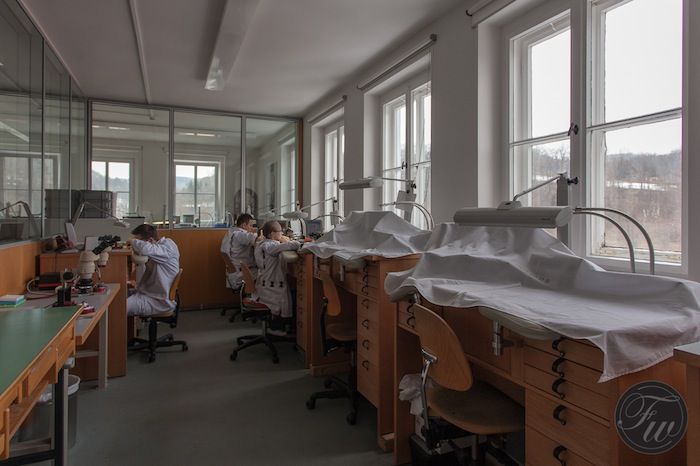

The tour ends at the service department in the attic.

On our way back to the main Nomos building we pass along the Nomos store. It’s located inside the building where the watchmaking started back in 1845. Today there are about 2000 people working in the Glashuette watch industry, about 145 do so for Nomos.

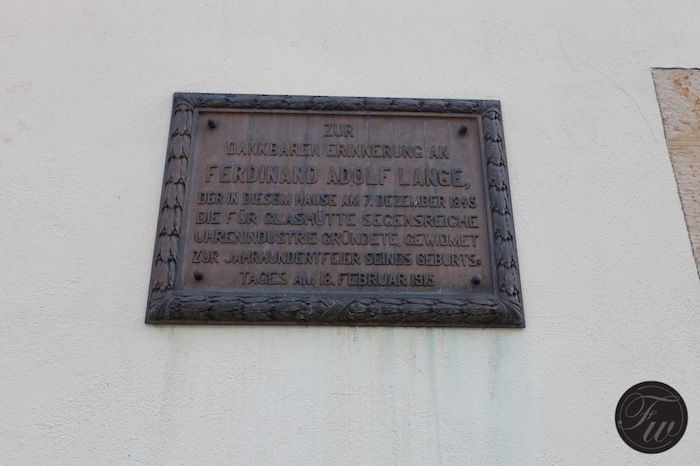
When I went back to my hotel I already knew what the title for this photo essay would be. Nomos is a really down to earth brand and it’s impressive to see the watches that they make, especially for the price range their in. Starting just over 1000 euro’s with an in-house movement it’s a big bang for the buck.
More info on the model range and technical details can be found on the official Nomos website.
